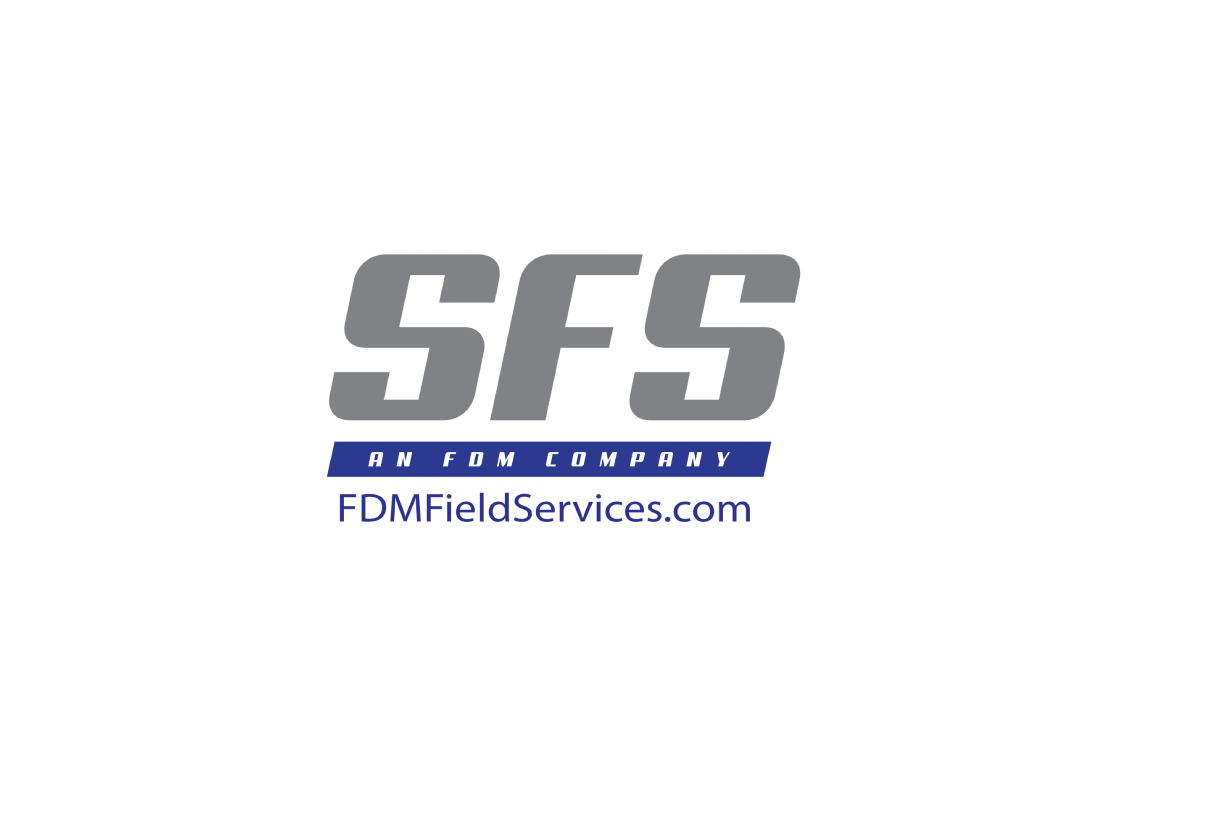You're a Merchandiser. How do you prepare for your next gig?
by

On this blog we talk about the many positive aspects of working as a freelance retail merchandiser. We’ve discussed the flexibility, tax benefits, and how the gig economy challenges traditional employment. But one area we haven’t covered as much is the actual day-to-day work of a freelance retail merchandiser.
How should a merchandiser approach their work week? What do they need to know? And what are some of the most common “rookie mistakes” that inexperienced merchandisers make? We’re going to answer some of those questions right now as we walk you through the seven things that every successful freelance retail merchandiser needs to know.
1. Keep the Zone Lead informed of your availability
No two weeks are alike for SFS merchandisers. They are always in the field, traveling from location to location. That flexibility means they need to stay organized in terms of their schedule, and informing team members of any changes.
For starters, that means keeping the Zone Lead or Zone Support in the loop if you need time off, need to turn down a project, or if you’re unavailable to work a certain day. The Zone Lead is responsible for overseeing the area you have chosen to work in and it’s important for you to let them know if you’re not available for any reason.
2. Ensure you have all the necessary materials to do the job
Before you enter your first location for the week, check your SFS app \<link\> so you can figure out what tools and materials you’ll need. Quite often this involves printing out your checklist ahead of time, because you can’t rely on retailers to have a printer up and ready for you. Print out any materials you’ll need before you get in the car. Also, make sure you have all the necessary tools to do the job on-site. While you won’t be doing any heavy construction, there are tools of the trade you’ll need, including:
- Box cutter knife
- Hammer or mallet to adjust shelves
- Screwdriver (regular and Phillips)
- Scissors
- Tape measure
Perhaps your most important tool is your smartphone equipped with your SFS app. Be sure it’s charged up and ready to go. You’ll need it to snap a picture of the leave-behind to prove you were at the store, and the work got done.
3. Always respect your retail client’s time
You’ve been in steady communication with the Zone Lead. You’ve got all the necessary paperwork and tools you’ll need ready. Now it’s time to actually report to your first location for the week. The first thing to remember is to always show up on time. If you’re going to a new location, leave your house a little early in case you get lost. Once you’re at the retail location, remember that you are a guest in their house. Be respectful of the store, the employees and of course, their customers. Make sure you’re doing your job during normal working hours (unless the client requests differently).
One common issue is what to do when store customers ask you a question as if you’re a store employee. The one thing you should not do, under any circumstances, is to say “I don’t work here.” You need to remember that you are an extension of the store. And if you don’t have the answer the customer is looking for, be polite and try to help them by taking them to an actual store employee who presumably can answer their question.
4. Always opt for same-day reporting
Most clients request same-day reporting. This means they are requesting reporting your visit by the end of each workday. Reporting immediately after each store visit is ideal, but at the very least, make sure to opt for same-day reporting.
5. Ensure you understand the nuances of your planogram
Experienced merchandisers know that each retailer’s planograms are unique. Brand X planograms are different than Brand Y. For example, some measure the distance between each shelf in an aisle. Others measure the shelf height from the floor. It is your responsibility to learn these nuances so you will be able to hit the ground running when you enter each location. Which leads us to…
6. Get familiar with the SFS eKnowledge System
Client Planogram nuances and other key client information is stored in our eKnowledge System. It distills a lifetime of merchandising knowledge and wisdom and delivers it to you via your SFS app. Read it over, and get familiar with it because when you’re in the field it can be one of your very best informational resources you’ve got.
7. Understand how to deal with manager refusals
Store managers have a lot on their plate, especially right now. Which means it’s only natural for some of them on occasion to not cooperate with you. First, you need to understand that they’re busy, and it’s nothing personal. It happens to all of us. A good rule of thumb is to try and avoid scheduling visits during their truck day, when they’re usually frantically busy. On days when your store visit coincides with their truck day, call ahead to make sure it’s OK for you to visit.
Follow these tips, and you’ll be well on your way to success as a freelance retail merchandiser. Want to download the SFS app? Android users can find it here and Apple iPhone iPad users can get it here.
Have any other tried and true tips to help new merchandisers succeed? Let us know!
